Search
What are you looking for?

Swiss-type machining is a precision manufacturing process known for its ability to efficiently produce small, complex parts with tight tolerances. It utilizes a sliding headstock and guide bushing to support and accurately machine long, slender workpieces. This method excels in the high-volume production of components for industries like aerospace, medical, and automotive.
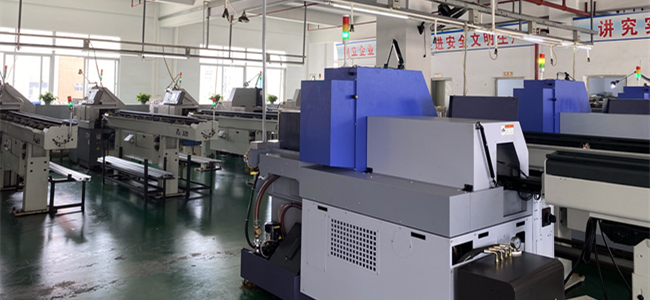
Choosing the right CNC swiss machine involves several key considerations to ensure it meets your production needs and budget constraints:
Machining Requirements: Assess the types of parts you'll be producing, including their size, complexity, material, and required tolerances. This helps determine the spindle power, chuck size, number of axes, and tool turret configuration needed.
Bed Type: Decide between flatbed or slant bed lathes based on your preference and the types of parts you'll be machining. Slant bed lathes typically offer better chip evacuation and rigidity.
Spindle Speed and Power: Consider the range of spindle speeds required for your machining operations, as well as the power needed to cut through your chosen materials efficiently.
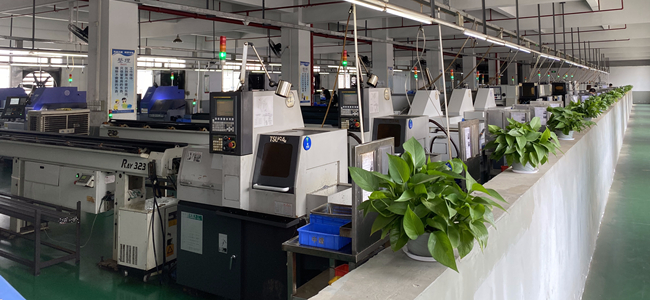
Control System: Evaluate the capabilities and user-friendliness of the CNC control system. Look for features like conversational programming, simulation tools, and compatibility with CAD/CAM software.
Optional Features: Determine if you need additional features such as live tooling, sub-spindles, bar feeders, automatic tool changers, and coolant systems to enhance productivity and versatility.
Manufacturer Reputation and Support: Research the reputation of CNC lathe manufacturers, including their reliability, service quality, availability of spare parts, and technical support.
By carefully considering these factors and aligning them with your specific machining requirements, you can select a CNC lathe machine that optimally meets your production needs and helps drive efficiency and profitability in your operations.
Choosing between CNC lathe and CNC milling depends on the specific requirements of your machining tasks, as each process offers distinct advantages:
CNC Lathe: CNC lathes are ideal for producing cylindrical or rotational parts. They work by rotating the workpiece while cutting tools remove material from the surface. Advantages of CNC lathes include:
Simplicity: CNC lathes are relatively straightforward in setup and operation compared to milling machines, making them easier to learn and use, especially for beginners.
Efficiency: Lathes excel in high-volume production of cylindrical parts due to their continuous rotation and single-axis cutting motion, resulting in faster cycle times and higher productivity.
Cost-effectiveness: CNC lathes typically require fewer tool changes and have lower tooling costs than milling machines, especially for parts with simple geometries.
Reduced Scrap: Lathes offer excellent concentricity and surface finish, minimizing scrap rates and ensuring consistent quality.
Versatility: While primarily used for cylindrical parts, CNC lathes can also perform facing, grooving, threading, and other operations, offering versatility in machining tasks.
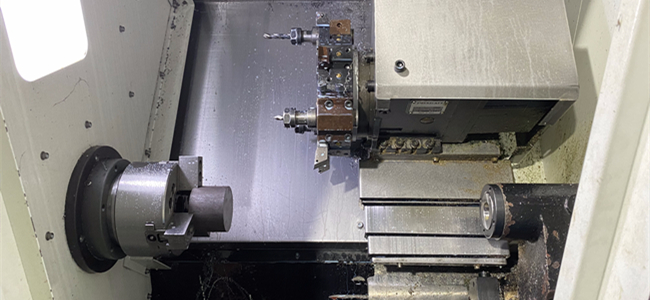
CNC milling machines are capable of producing complex shapes, contours, and features by moving cutting tools across the workpiece in multiple axes. Advantages of CNC milling include:
Versatility: Milling machines can create a wide range of shapes and features, including pockets, slots, holes, and intricate 3D surfaces, making them suitable for diverse machining applications.
Accuracy: Milling machines offer high precision and tight tolerances, allowing for the production of complex parts with excellent dimensional accuracy.
Flexibility: CNC milling machines can accommodate various materials, including metals, plastics, and composites, offering flexibility in material selection for different applications.
Multi-axis Machining: Advanced milling machines feature multi-axis capabilities, allowing for complex geometries and simultaneous machining operations, reducing setup time and increasing efficiency.
Rapid Prototyping: Milling machines are often preferred for rapid prototyping and low-volume production of custom parts, thanks to their versatility and ability to produce intricate designs quickly.
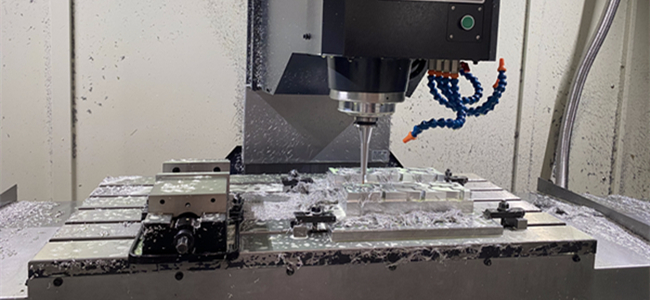
The choice between CNC lathe and CNC milling depends on factors such as the type of parts being produced, production volume, complexity of geometry, and material requirements. Both processes offer unique advantages and are essential in modern manufacturing environments for different machining tasks.
Manual lathes and CNC lathes serve the same basic purpose of machining cylindrical parts but differ significantly in their operation, capabilities, and advantages:
Manual Lathes: Operated by skilled machinists who manually control the movement of the cutting tools and workpiece. Adjustments such as tool positioning, feed rates, and spindle speed are made manually using handwheels and levers.
CNC Lathes: Controlled by computer numerical control (CNC) programs that automate the machining process. Operators program the desired tool paths and parameters into the CNC system, which then precisely controls the movement of the cutting tools and workpieces.
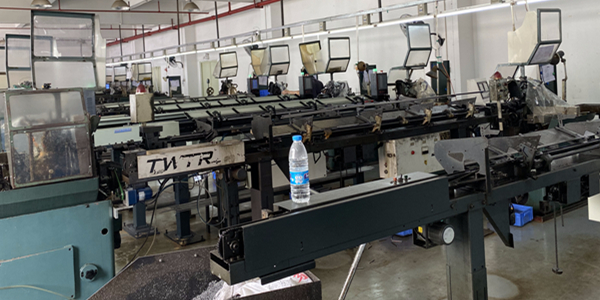
Manual Lathes: Reliant on the skill and experience of the operator, leading to variability in precision and accuracy. Achieving tight tolerances and complex geometries can be challenging.
CNC Lathes: Offer unparalleled precision and accuracy due to the ability to precisely control tool movements and parameters. CNC lathes consistently produce parts with tight tolerances and complex features.
Manual Lathes: Limited by the speed and dexterity of the operator, resulting in slower production rates. Setup and tool changes can be time-consuming, leading to lower efficiency.
CNC Lathes: Significantly enhance efficiency and productivity by automating repetitive tasks and reducing setup times. CNC lathes can run continuously with minimal operator intervention, maximizing throughput and reducing idle time.
Manual Lathes: Primarily suited for simple machining operations on basic cylindrical parts. Changing setups for different parts requires manual adjustments and tool changes.
CNC Lathes: Highly versatile and adaptable to a wide range of machining tasks and part geometries. CNC programs can be easily modified to accommodate different part designs and production requirements, offering greater flexibility.
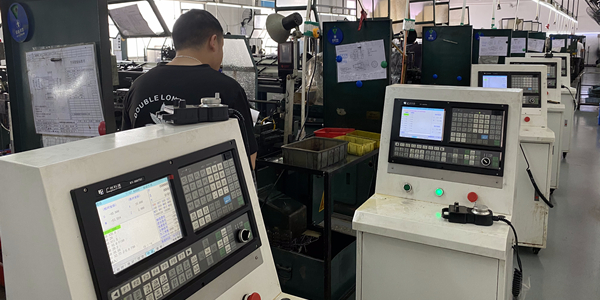
Manual Lathes: Require skilled machinists to operate, leading to higher labor costs and reliance on human expertise.
CNC Lathes: Reduce reliance on manpower as much of the machining process is automated. Operators primarily oversee machine operation, monitor quality, and perform occasional maintenance tasks.
Overall, CNC lathes offer numerous advantages over manual lathes, including higher precision, efficiency, productivity, flexibility, and reduced reliance on manpower. These advantages make CNC lathes indispensable in modern manufacturing environments seeking to optimize production processes and achieve higher levels of quality and efficiency.